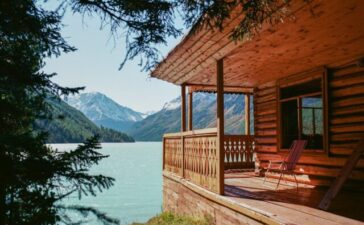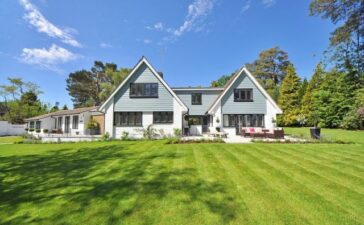A roof plays a critical role in all buildings like protecting us or goods from various weather conditions to making the house look good. The roof types include gable, hip, flat, gambrel, mansard, butterfly, winged gable, folded plate, Dutch hip, A-frame among many others. They are all suitable for different structures based on their purpose and many other reasons. Therefore. when choosing the best roof design, one must consider various important factors. Discuss extensively with agents or developers like Roofing Contractors 1 OAK Roofing to settle on the correct design when constructing or buying a house. The most critical factors that you can consider to help you decide the finest roofing type are:
- Weather/Climatic conditions
The roof acts as a barricade against harsh weather, hence protects the interior from damage and dwellers from discomfort. Thus, consider a roof plan that will resist weather changes and the climate of your area. Choose a type that is tough, well-draining, insulated and with the correct slope. For example, if you are living in areas that experience winter climate, select a steeply sloped roof design to ensure that a lot of snow does not settle on top and increase the snow load.
- Material
The kind of materials used dictates the type and suitability of roofing. The materials range from metal, asbestos, ceramic, asphalt, slate, clay, wood, etc. Slate and tiles are heavy compared to metal sheets roofs. Light roofs require a simple design than weighty ones that must sustain the massive loads. Some materials also affect the conditions in the house due to heat conductivity of insulation. Thus, to cut other costs related to air conditioning, choose the best materials. Materials like slate are fire resistant while wood burns easily. Asbestos roofing materials are hazardous while clay tiles are Eco-friendly.
- Cost
Some roof types are costly while others are cheap. Depending on the installation process and materials, roofing cost differs. Asphalt shingles are inexpensive compared to the metal roof. Thus, settle for an affordable design, but do not compromise on your safety, aesthetic value and health. The cost also depends on the unit size of the roofing plan.
- Longevity
The various roofs last for a different period. For instance, a slate-type roof lifespan is about eighty to a hundred compared to asphalt that has an average of fifteen to fifty years if properly installed and checked. Therefore, if you want to reduce the repair and replacement cost, consider a durable roofing design. The more durable the type, the less the life cycle and maintenance cost.
- Construction codes and energy efficiency
Some federal/state’s law has building codes that restrict or permits fitting certain roofing design. For example, the state of Florida enacted a building code that prevents the use of some shingles, thus, adopting roofing model that withstands hurricanes and tornadoes. Consider also energy-saving roof design. Reflectivity and emissivity attributes affect the heat level in the house and its rate determines the roof efficiency.
When selecting the right roofing design, consider the cost, durability, materials and its ability to withstand the dynamic weather. The set building codes in your location should also guide you and have in mind the efficiency of the roof type. Never should you settle for a design at the expense of your safety, comfort and the building’s beauty.







